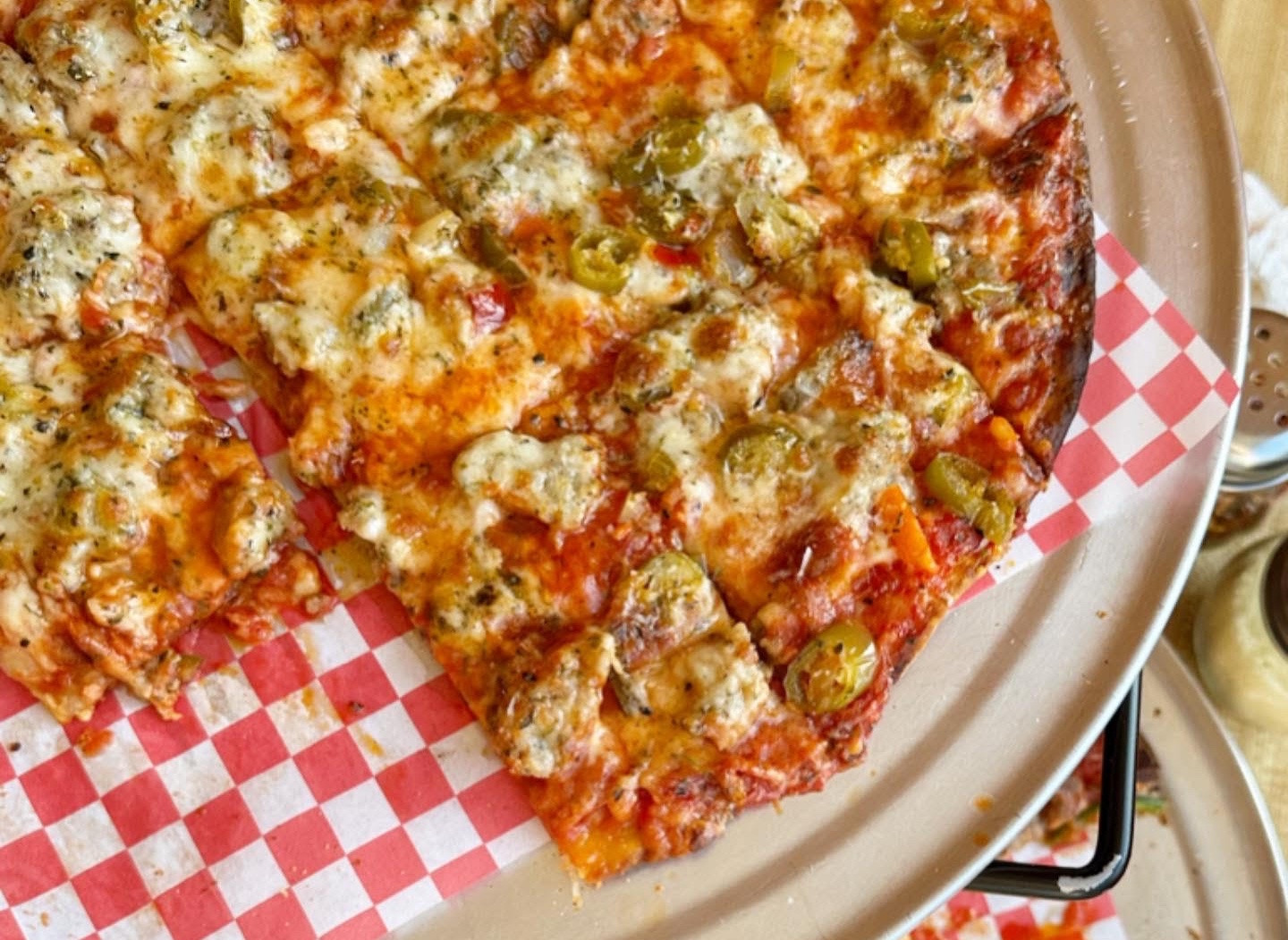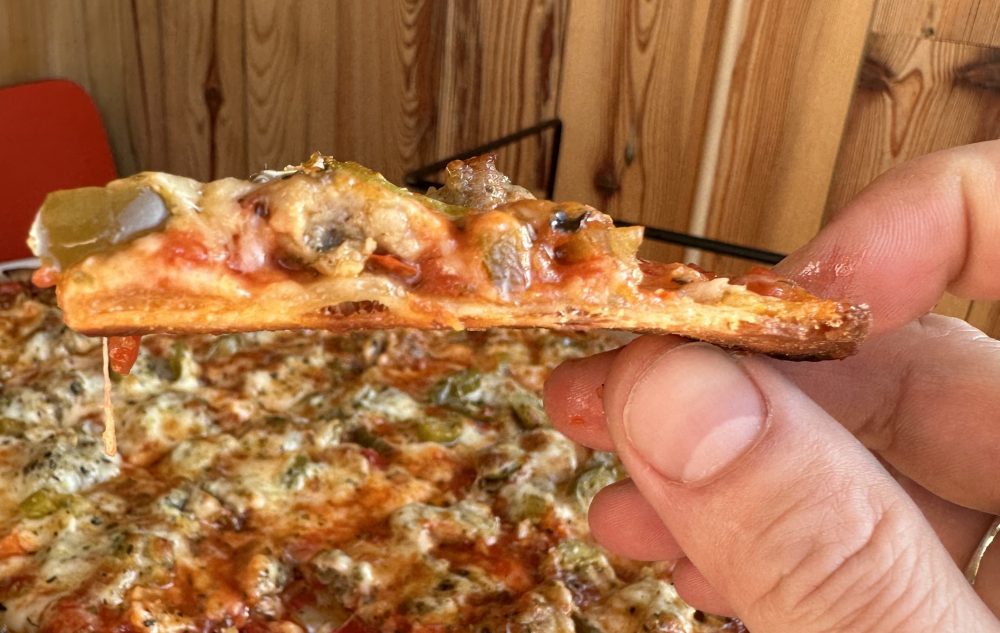When the topic of Chicago-style pizza comes up, the iconic deep dish, layered like a pie and surrounded by an almost pastry-like crust, is likely what springs to mind. But there’s another style of pizza native to the Windy City that you might not be familiar with. Originating in the taverns on the Southside of Chicago and since spreading throughout restaurant chains across the entire Midwest, cracker-thin crust pizza is also deserving of your attention.
On a quest for a simple way to make this classic thin crust in his own kitchen, chef and author J. Kenji Lopez-Alt discovered that the secret to a great, ultra-thin crust—one that both supports the weight of generous toppings, namely Chicago’s default, sausage, and achieves perfect, even crispiness throughout—was hidden behind straightforward techniques that any home cook can replicate.
As explained when he caught up with Christopher Kimball recently on Milk Street Radio, several restaurant taste tests and countless home trials finally led him to a reliable formula.
Get a taste of the chef’s pizza tips in the excerpts below, and catch his full interview here on Milk Street Radio.

Building richer, bolder sauce
A Neapolitan or New York sauce is essentially just crushed tomatoes and salt. A Chicago-style sauce is usually cooked. So it'll have dried oregano, maybe dried marjoram, garlic, and it'll be cooked down a little more, so it'll have a kind of richer flavor to it.
The science of flour, water, and fat
If something is at 50% hydration, it means that for every 100 grams of flour, you have 50 grams of water. A Neopolitan or New York Style pizza dough has about 57-65% hydration. With Chicago pizza or Midwest pizza, it's more like 50% hydration—so much drier, almost similar to a bagel dough.
The other thing that this style of dough has is a lot of fat in it. I've tried it with lard. I tried it with vegetable oil, corn oil, olive oil. It honestly works with almost any fat you want...so my final recipe, I just landed on vegetable oil.
Neapolitan pizza dough has no fat in it at all. This Midwest style cracker crust dough has between 10 to 15% fat, so it's quite a bit of oil you're adding in there.

Cure the dough
You take your dough after it's risen in the refrigerator for a few days, you roll it into a disc, and then you just leave it there. Most of these pizza restaurants....will stick it in their walk-in refrigerator uncovered. By the time they take it out, it's got the texture of sort of leather, so you can pick it up and kind of flop it around.
It makes an incredible difference as far as how crisp the dough gets and also how evenly it browns. By the time you bake it, it's only around 25 to 30% hydration, which is very, very low. And so that's how you get that extra cracker-y crust.
Why the little details matter
It is at least four days of planning. If you want it even better, cold-fermenting it for five days actually works better. But you can just let your dough rise at room temperature and roll it out and then let it cure overnight. In fact, you can even bake it without curing it.
It’s just all these things kind of incrementally make it better. And it’s rare that this happens, but I think that anybody at home, if you follow this recipe, you’re going to be able to make something that is as good as the best thin-crust pizza places in Chicago.
And if you're looking for more Milk Street, check out our livestream cooking classes with our favorite chefs, home cooks and friends for global recipes, cooking methods and more.




